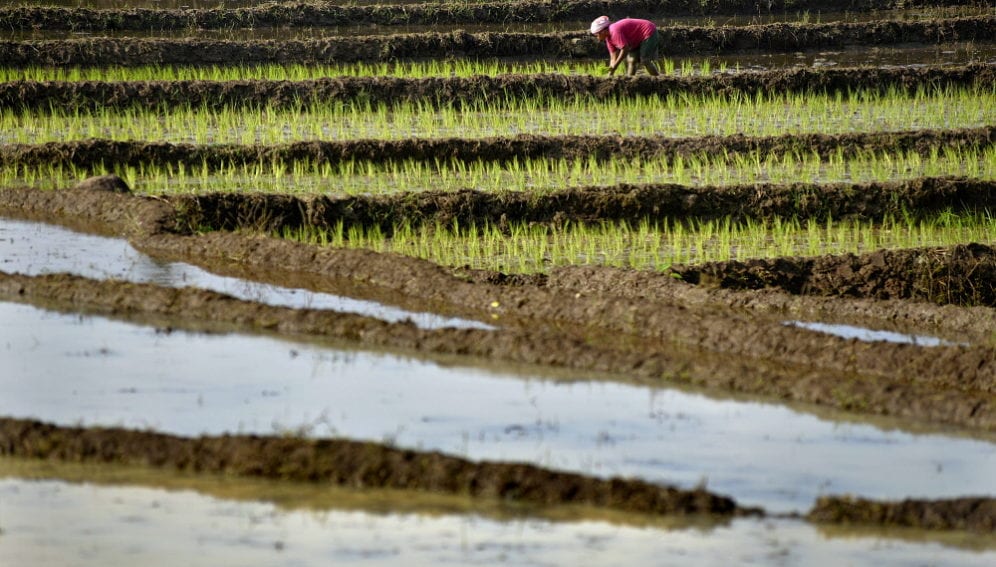By: Neena Bhandari
Send to a friend
The details you provide on this page will not be used to send unsolicited email, and will not be sold to a 3rd party. See privacy policy.
[CANBERRA] A grass native to Australia and New Guinea may provide the genetic key to enable tropical crops such as rice and chickpea to withstand the effects of climate change and still produce high yields.
As frequent and extreme weather conditions threaten global food security, results from glasshouse trials being conducted at the Queensland University of Technology’s (QUT) Centre for Tropical Crops and Biocommodities have shown that the grass, Tripogon loliiformis, regenerates when hydrated even after drying out during prolonged droughts.
“It’s an important step along a genetic path that we hope will lead to scientists being able to develop more robust crop varieties, which are essential for sustainable food production.”
By Brett Williams, QUT scientist
In a The study published in PLOS Genetics (3 December), QUT scientists Brett Williams, Sagadevan Mundree and their fellow researchers presented characteristics of “resurrection plants” such as T. loliiformis — which belong to a small group of vascular plants that possess unique stress tolerance mechanisms for surviving extreme environments and growing in nutrient and water-poor soils.
The research team showed that resurrection plants manipulate sugar metabolism to promote desiccation tolerance. This finding may provide candidate genes that are potentially useful for the development of stress tolerance in crops such as rice, sorghum and maize, which are a close relative of T. loliiformis.
“It’s an important step along a genetic path that we hope will lead to scientists being able to develop more robust crop varieties, which are essential for sustainable food production,” Williams says.
According to Mundree, “The dried grass accumulates trehalose (a non-reducing sugar found in plants) that triggers autophagy (a process which allows the orderly degradation and recycling of cellular components). The levels of autophagy are controlled by the resurrection plant to prevent death upon drying.”
Autophagy’s role in stress mitigation, anti-aging and prevention of programmed cell death in naturally resilient species may provide fundamental information that can be used for the generation of stress-tolerant crops.
“While trehalose itself may not have as much of a protective role in rice, from the strategies that T. loliiformis utilises, we have learned that trehalose precursors, mainly trehalose-6 phosphate, are an energy metabolism regulator that can be manipulated to improve drought tolerance in maize,” Williams says.
In addition to drought-tolerant and disease-resistant strategies, Mundree says the team is also looking at increasing the bioavailability of micronutrients such as iron and zinc.
“There is a growing demand for plant-based sources of protein and food that are nutritionally enhanced, so this offers a great opportunity to address challenges associated with anaemia in developing countries,” says Mundree.
The researchers are in the process of proving some proof of concepts at the glasshouse stage in rice and chickpea and they are hopeful of beginning field trials in the next three to five years.
This piece was produced by SciDev.Net’s South-East Asia & Pacific desk.
References
Brett Williams and others Trehalose accumulation triggers autophagy during plant desiccation (PLOS Genetics, 3 December 2015)














